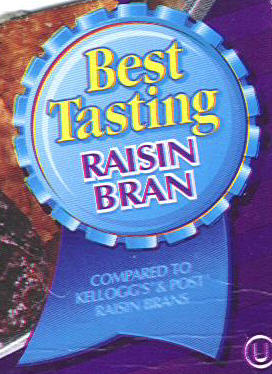
But before I begin, I feel it’s best to present any other attacks on him I can find out there. Jeeeeeem of Cinepad writes this about Saving Private Ryan:
Anthony Lane in The New Yorker (you know, that magazine Tina Brown used to work for...) has a phrase that perfectly describes what Spielberg achieves in his battle footage: “high-speed Bosch.” It puzzles me, though, how Lane (and a number of other critics I’ve read) have sought to praise Private Ryan by dismissing the filmmaking skills behind it. Just because you don’t notice them, doesn’t mean they aren’t there. It’s just that Spielberg’s masterful technique, his astonishing fluency in the medium, is employed for a different purpose here than it was in, say, “Close Encounters.” Lane writes that the half-hour opening sequence of Saving Private Ryan “provides what must be the most telling battle scenes ever made, largely because they tell you almost nothing. They just show.” Well, nothing could be further from the truth. In movies, there’s no such thing as “just show” — from the crudest cinema verite to the slickest big-screen music video, the medium is the message. Technique is technique, artistry is artistry, whether you’re conscious of it or not.
Lane is quite right when he says that the “sense of historical duty weighed heavily on the body of the action” in the much-praised Schindler’s List. But I don’t think I’m merely quibbling if I take issue with his next sentence: “The Omaha Beach sequence, on the other hand, simply throws a barrage of detail at you and leaves you to work it out for yourself.” There’s nothing “simple” — or random — about the way the Omaha Beach sequence is put together. Oliver Stone may mix film stocks and speeds to no particular end, but Spielberg knows exactly what he’s doing from shot to shot. The sequence wouldn’t be anywhere near as effective if he didn’t.
It seems questionable to say Schindler’s List was better than Saving Private Ryan. Both films are powerful. I only saw Saving once, and yet, I can still totally see those bunkers and that pipe they were assembling to blow their way through to the next scene. Saving has the gut-twisting power of Brazil. Schindler is so depressing they had to make Life Is Beautiful to counteract it. Both films are beautiful on the outside, with highly contrived moments. Recall the scene in Saving where the two men are fist fighting and one of them gets the whole “slow blade penetrates the shield” (see Dune). And as the knife goes into the guy’s chest, the other guy puts his finger over his mouth and says “shhhh.” That was no less contrived than Schindler’s “I forgive you”then “I shoot you” then “I forgive myself because I’m such a crack shot” or “let’s kill some Jews, but wait, first some Beethoven.” Please. Same film, different day.
But Jeeeem is right to correct Mr. Lane. Spielberg is an incredibly skillful director. He does, unfortunately resort to flagrant emotional manipulation. But this more likely reflects the law of supply and demand rather than a true inability to handle emotional content. I suspect the same could be said about a lot of Hollywood directors. They could all do better on the “obvious manipulation” front, that is, if they gave a crap. But few could reach Spielberg’s tactical prowess in the action part.